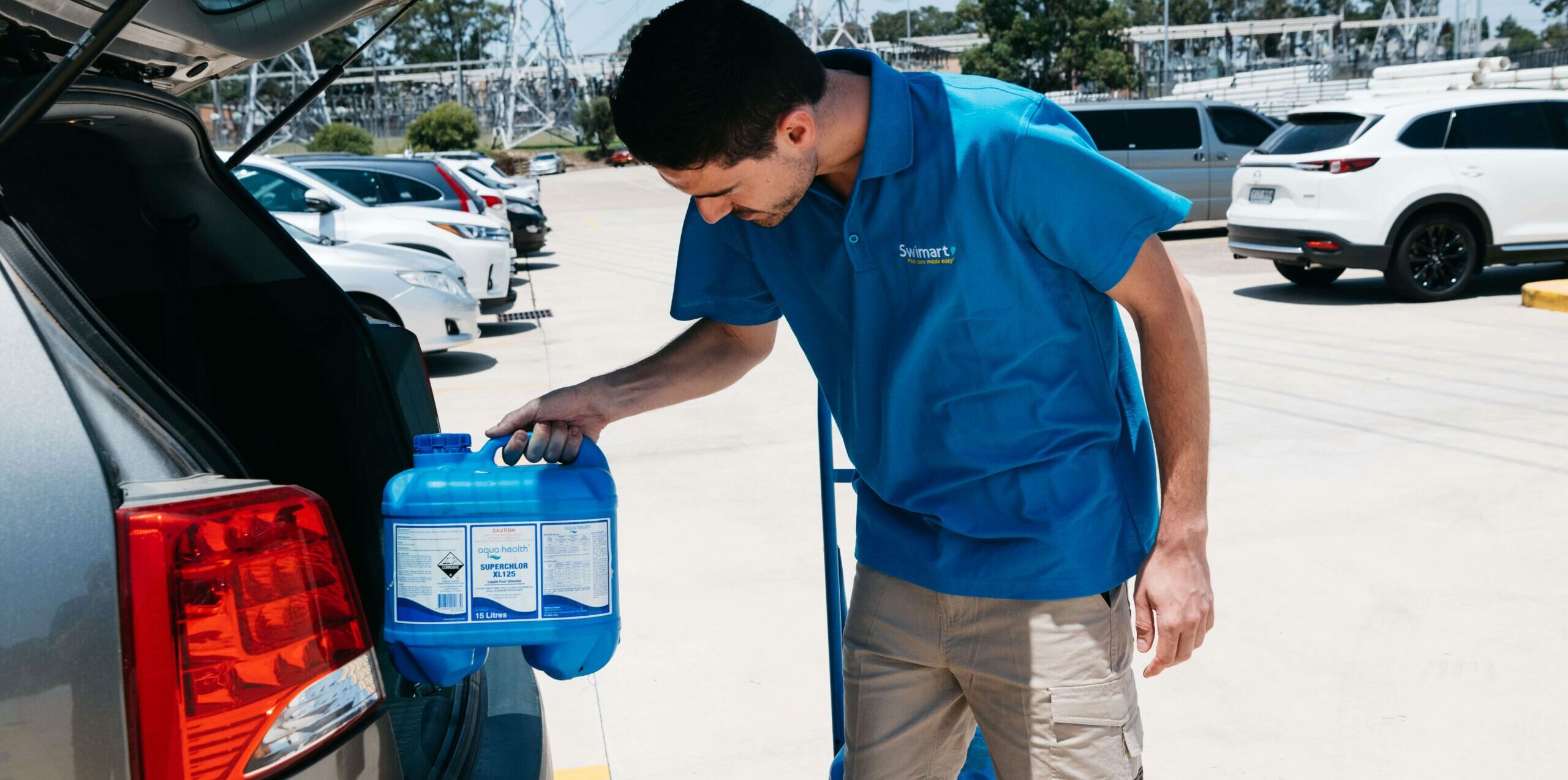General
Healing with hydrotherapy
3 January 2012
From the Egyptian pharaohs who bathed in aromatic oils, to the famous communal baths built for ancient Rome’s loyal citizens, the use of water as a therapeutic agent has a long and popular history. The Greeks called their spas ‘asclepias’, from Aesculepius, the god of medicine, and one of their more famous physicians, Hippocrates, who is now regarded as the ‘father of medicine’, wrote extensively on utilising water to help restore balance in the body.
Healing with hydrotherapy
Turn your pool and spa into a health tool
So why, you ask, is water considered such a powerful prescription for good health? Well, cold water is considered stimulating, as it causes superficial blood vessels to constrict, invigorating the body as it directs blood to vital bodily organs. Warm water, on the other hand, helps to reduce pain and inflammation by dilating blood vessels, relaxing muscles, and eliminating toxins.
Today, hydrotherapy is used to treat all manner of physical ailments, ranging from minor muscle aches and pains to more complicated genetic disorders. It generally involves gentle, water-based exercises which help strengthen muscles for a variety of musculoskeletal, developmental and neurological conditions.
 When you're standing in water that's up to your waist, physiotherapists say you're only taking 50 percent of your body weight, and if you're standing in water that's up to your chest, you're only taking 30 percent of your body weight.
When you're standing in water that's up to your waist, physiotherapists say you're only taking 50 percent of your body weight, and if you're standing in water that's up to your chest, you're only taking 30 percent of your body weight.
KEEP IT SIMPLE
Even the simplest of water-based exercises in a reduced gravity environment is beneficial for the body, especially if you are experiencing stiffness, pain or weakness. Water can also be used to resist movement while turbulence from swim spas helps improve cardiovascular fitness.
Even walking in the pool – backwards, forwards and sideways – can be a good way of improving your strength and posture on top of the more cardiovascular effects you get from lap swimming. The great thing about water is that you can go through the whole spectrum of slow, gentle movements right through to fast, high levels of exercise.
TRY THIS AT HOME
This exercise program was part of a study conducted in Australia in people with hip and knee osteoarthritis and published in a 2007 edition of Physical Therapy journal. Results showed participants experience less pain and joint stiffness along with greater physical function, such as being able to walk further.
The aquatic physical therapy program comprised individual instruction in functional weight bearing and progressive exercises provided twice weekly (45-60 minutes each) for six weeks.
The exercises started with six minutes of walking in chest deep water, which is approximately 30% of body weight, along with double leg squats, lunges and heel raises.
 The participants in the research trial were progressed to waist deep water when they felt comfortable (approximately 50% of body weight) and up to 10 minutes of walking, step-ups, single leg kicking in front and straight leg out to the side were added. The squats and heel raises were done on one leg.
The participants in the research trial were progressed to waist deep water when they felt comfortable (approximately 50% of body weight) and up to 10 minutes of walking, step-ups, single leg kicking in front and straight leg out to the side were added. The squats and heel raises were done on one leg.
At the start of the trial, participants were doing 2 sets of 10 repetitions and by the end some were doing up to 5 sets of 10 repetitions.
One of the great benefits of swimming is that it gives your body an all over workout regardless of your age or fitness ability. From simple laps swum daily to more vigorous aqua aerobics and resistance training, your swimming pool can be a valuable tool to help you stay in shape, both mentally and physically.
* Reference: Hinman R, Heywood S and Day A (2007) Aquatic physical therapy for hip and knee osteoarthritis: results of a single blind randomised controlled trial. Physical Therapy 87, 1: 32-43.


 AUS
AUS NZ
NZ 



 When you're standing in water that's up to your waist, physiotherapists say you're only taking 50 percent of your body weight, and if you're standing in water that's up to your chest, you're only taking 30 percent of your body weight.
When you're standing in water that's up to your waist, physiotherapists say you're only taking 50 percent of your body weight, and if you're standing in water that's up to your chest, you're only taking 30 percent of your body weight. The participants in the research trial were progressed to waist deep water when they felt comfortable (approximately 50% of body weight) and up to 10 minutes of walking, step-ups, single leg kicking in front and straight leg out to the side were added. The squats and heel raises were done on one leg.
The participants in the research trial were progressed to waist deep water when they felt comfortable (approximately 50% of body weight) and up to 10 minutes of walking, step-ups, single leg kicking in front and straight leg out to the side were added. The squats and heel raises were done on one leg.